Huawei revealed its&a;nbsp;&l;a href=&q;https://www.cnet.com/news/mate-x-huaweis-2600-foldable-phone-rivals-samsung-galaxy-fold-with-three-screens-5g-hands-on/&q; target=&q;_blank&q; rel=&q;noopener noreferrer&q; target=&q;_blank&q;&g;foldable Mate X&l;/a&g;&a;nbsp;ahead of the Mobile World Congress in Barcelona, Feb. 24. The jaw-dropping 5G device should have Apple managers shaking in their boots.
&l;img class=&q;dam-image bloomberg size-large wp-image-43284973&q; src=&q;https://specials-images.forbesimg.com/dam/imageserve/43284973/960x0.jpg?fit=scale&q; data-height=&q;640&q; data-width=&q;960&q;&g; An employee demonstrates a Mate X foldable 5G mobile device at the Huawei Technologies Co. pavilion on the opening day of the MWC Barcelona in Barcelona, Spain, on Monday, Feb. 25, 2019. At the wireless industry&a;rsquo;s biggest conference, over 100,000 people are set to see the latest innovations in smartphones, artificial intelligence devices and autonomous drones exhibited by more than 2,400 companies. Photographer: Stefan Wermuth/Bloomberg
Investors should worry, too. China may be lost.
Apple has been designing expensive, aspirational technology gear for decades. The business model involved carefully rolling out cutting-edge products to key markets, then waiting for consumers to come.
It worked.
In North America, Europe, Australia and Japan, demand for iPhones, iPads, Macs and Watches fuels a very profitable business.
In 2009, Apple managers turned east, toward China. Rapid growth in middle-class incomes has led to new legions of affluent Chinese. This, in turn, has fostered a huge black market for Apple goods.
The timing was right.&a;nbsp;&l;em&g;Reuters&l;/em&g;&a;nbsp;&l;a href=&q;https://www.reuters.com/article/us-apple-china/apple-ceo-says-to-add-25-stores-in-china-within-two-years-sina-idUSKCN0IC0N720141023&q; target=&q;_blank&q; rel=&q;noopener noreferrer&q; target=&q;_blank&q;&g;reported&l;/a&g;&a;nbsp;in 2014 that chief executive Tim Cook told analysts Apple was investing &a;ldquo;like crazy&a;rdquo; in China. By the end of 2018, the country had 50 stores, by far the greatest number in a single country outside the United States.
As other markets reached saturation, Cook bet the business on China. He wagered Chinese demand would fuel hardware sales growth, but he missed the ascent of Huawei.
The Shenzhen company is killing Apple in China. It had 9.6% market share when Cook started investing like crazy. Apple commanded 10.1%. In the final quarter of 2018, Huawei sold 30 million devices domestically, according to a&a;nbsp;research note from Canalys. Market share soared to 27%. Apple&a;rsquo;s share fell to just 9%, following a 13% decline in shipments.
The reason for the ascent is simple:
Huawei makes superior devices, tailored for the home market. And that puts Apple in a world of hurt.
Critics will argue the Mate X, in all of its foldable splendor, is a gimmick. At $2,600, it&a;rsquo;s an outrageously expensive device loaded with cutting-edge technology nobody asked for.
Fifth-generation wireless networks have not been deployed. And while larger screens are great, there is no demand for Android tablets, let alone ones with flimsy, untested plastic screens.
Here&a;rsquo;s the point I don&a;rsquo;t want you to miss &a;hellip;
Apple is getting walloped in China because it is losing the innovation race.&a;nbsp;&l;em&g;Wired&l;/em&g;&a;nbsp;argued last October that the Mate 20 Pro, Huawei&a;rsquo;s flagship smart phone, is the device Apple should have made.
Mate X is a kill shot. It&a;rsquo;s the device Apple can&a;rsquo;t make. Its price positions it atop the market.
When flat, the device sports a beautiful high definition 8-inch screen with virtually no bezel. When folded, Mate X is a 6.6-inch, edge-to-edge smartphone. There is no unsightly notch, or holepunch to house the front-facing camera. All of the Leica-branded lenses are on the back. Flip the phone over to snap selfies, with the benefit of a third, 6.4-inch viewfinder screen.
Everything is powered by Huawei&a;rsquo;s Kirin 980 processor and a Balong 5000 5G modem. The company says users will be able to download a full HD movie in three seconds.
In every category, it&a;rsquo;s an impressive onslaught of engineering.
Don&a;rsquo;t expect Cupertino&a;rsquo;s vaunted ecosystem to save the day.
In most of the world, the iOS user experience is paramount. Apple Music, the App store and iMessage spin off cash flow and keep users loyal. But in China, WeChat&a;nbsp;&l;a href=&q;https://medium.com/swlh/wechat-the-evolution-and-future-of-chinas-most-popular-app-11effa5639ed&q; target=&q;_blank&q; rel=&q;noopener noreferrer&q; target=&q;_blank&q;&g;is the ecosystem&l;/a&g;. Users can read news, pay bills and hail taxis. They can buy clothing and order food online. They can even interact with local street vendors.
Ben Thompson, an independent strategist,&a;nbsp;&l;a href=&q;https://stratechery.com/2017/apples-china-problem/&q; target=&q;_blank&q; rel=&q;noopener noreferrer&q; target=&q;_blank&q;&g;pointed out&l;/a&g;&a;nbsp;in 2017, that WeChat is a big problem for Apple in China. It&a;rsquo;s much worse today.
I&a;rsquo;m not arguing Apple is doomed. I expect Apple stores from Boston to Sydney to London to bustle with loyal customers. They will consume ever-increasing amounts of Apple services. And it will not be nearly enough for the company to grow.
Apple is a hardware company. The business model is built to excel in China, but it is failing. Huawei is the innovation leader and it has the most exclusive product.
Mate X is not going to sell 100 million units. It&a;rsquo;s probably too expensive and too fragile. That&a;rsquo;s not the point. Its polish reinforces Huawei&a;rsquo;s claim of best in class. That will play well at home.
Apple shares trade at 15x forward earnings, and 3.5x sales. While that is not expensive, I doubt its problems in China are in the rear-view mirror.
The stock is up from the lows at $142 set in early January. Investors should expect a test of that level over the next&a;nbsp;several months, which would mean the&a;nbsp;potential for at least a 34% decline.&l;/p&g;

 Source: Shutterstock
Source: Shutterstock  Source: Citrix Online via Flickr
Source: Citrix Online via Flickr  Source: Shutterstock
Source: Shutterstock 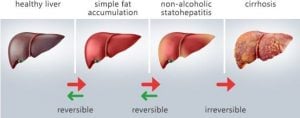 Intercept Pharmaceuticals (NASDAQ:ICPT) is a biopharmaceutical company that focuses on non-viral liver diseases. It currently has Ocaliva on the market which is treats a handful of these diseases and has little competition in the space.
Intercept Pharmaceuticals (NASDAQ:ICPT) is a biopharmaceutical company that focuses on non-viral liver diseases. It currently has Ocaliva on the market which is treats a handful of these diseases and has little competition in the space.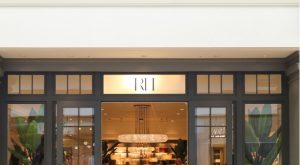 Source: Shutterstock
Source: Shutterstock  Source: Shutterstock
Source: Shutterstock 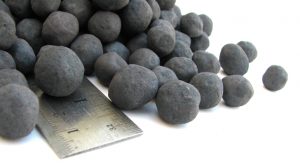 Source: Shutterstock
Source: Shutterstock 
 Dropbox Inc. provides a collaboration platform worldwide. Its platform allows individuals, teams, and organizations to create, access, and share content online. The company was formerly known as Evenflow, Inc. and changed its name to Dropbox, Inc. in October 2009. Dropbox Inc. has strategic partnership with Zoom Video Communications, Inc. Dropbox Inc. was founded in 2007 and is headquartered in San Francisco, California.
Dropbox Inc. provides a collaboration platform worldwide. Its platform allows individuals, teams, and organizations to create, access, and share content online. The company was formerly known as Evenflow, Inc. and changed its name to Dropbox, Inc. in October 2009. Dropbox Inc. has strategic partnership with Zoom Video Communications, Inc. Dropbox Inc. was founded in 2007 and is headquartered in San Francisco, California.
 Royce & Associates LP lifted its position in Intrepid Potash, Inc. (NYSE:IPI) by 17.2% in the 4th quarter, according to its most recent Form 13F filing with the Securities and Exchange Commission. The institutional investor owned 2,336,106 shares of the basic materials company’s stock after buying an additional 342,151 shares during the quarter. Royce & Associates LP’s holdings in Intrepid Potash were worth $6,074,000 as of its most recent SEC filing.
Royce & Associates LP lifted its position in Intrepid Potash, Inc. (NYSE:IPI) by 17.2% in the 4th quarter, according to its most recent Form 13F filing with the Securities and Exchange Commission. The institutional investor owned 2,336,106 shares of the basic materials company’s stock after buying an additional 342,151 shares during the quarter. Royce & Associates LP’s holdings in Intrepid Potash were worth $6,074,000 as of its most recent SEC filing. 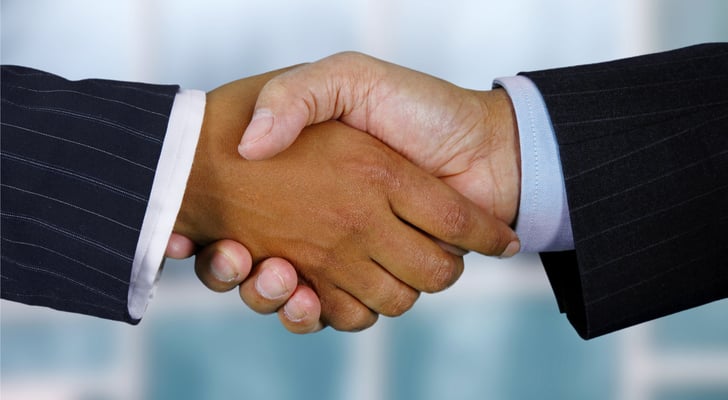 Source: Shutterstock
Source: Shutterstock 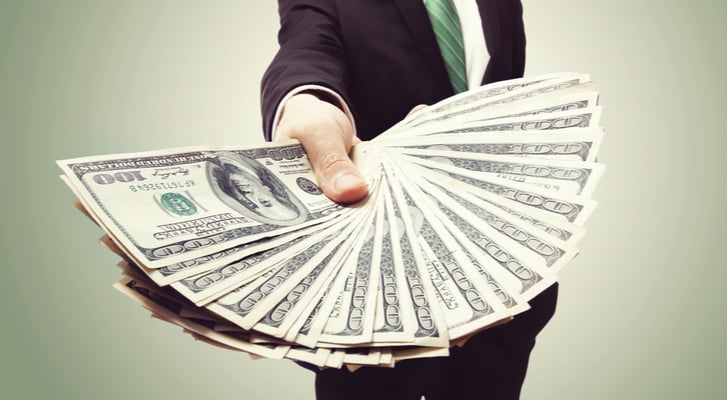 Source: Shutterstock
Source: Shutterstock  Source: Shutterstock
Source: Shutterstock  Source: Shutterstock
Source: Shutterstock  Source: ReynerMedia via Flickr (Modified)
Source: ReynerMedia via Flickr (Modified)  Source: ©iStock.com/ndoeljindoel
Source: ©iStock.com/ndoeljindoel 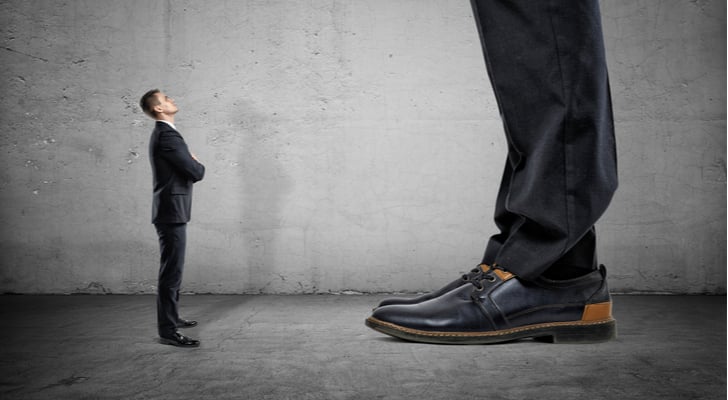 Source: Shutterstock
Source: Shutterstock 

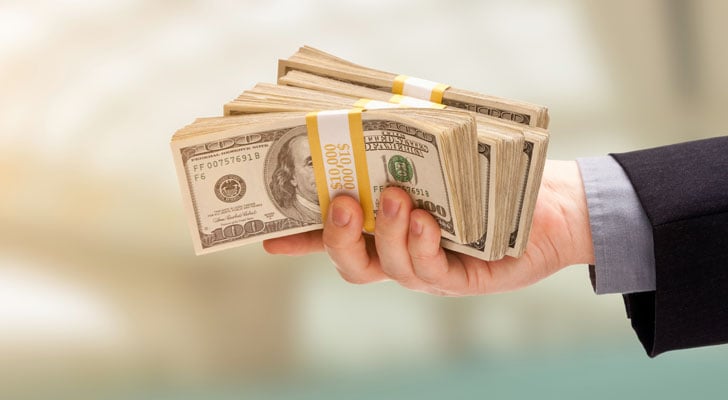 Source: Shutterstock
Source: Shutterstock  Brendan McDermid | Reuters Traders work on the floor of the New York Stock Exchange.
Brendan McDermid | Reuters Traders work on the floor of the New York Stock Exchange.  Scott Mlyn | CNBC Gary Philbin, CEO, Dollar Tree
Scott Mlyn | CNBC Gary Philbin, CEO, Dollar Tree  Daniel Acker | Bloomberg | Getty Images
Daniel Acker | Bloomberg | Getty Images  Scott Mlyn | CNBC A shopper approaches the Target store in Mount Kisco, New York.
Scott Mlyn | CNBC A shopper approaches the Target store in Mount Kisco, New York.